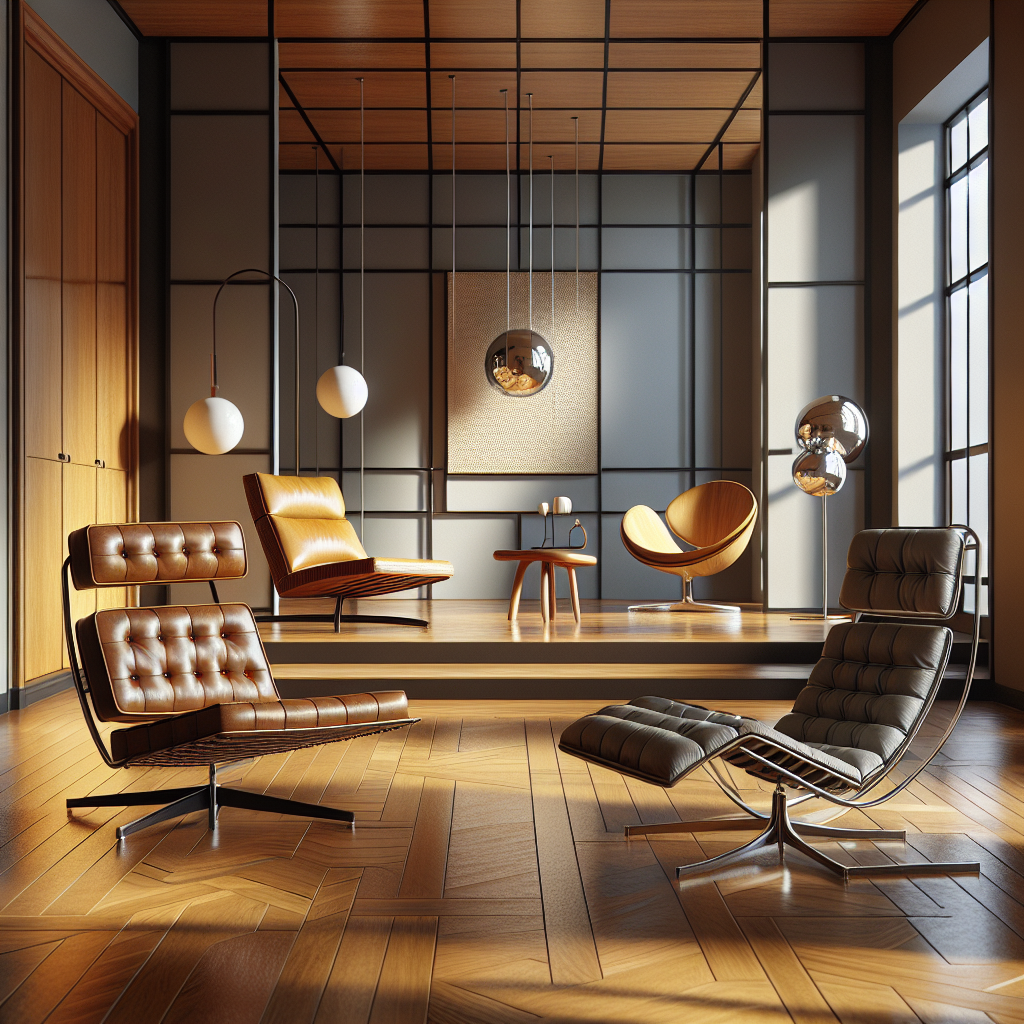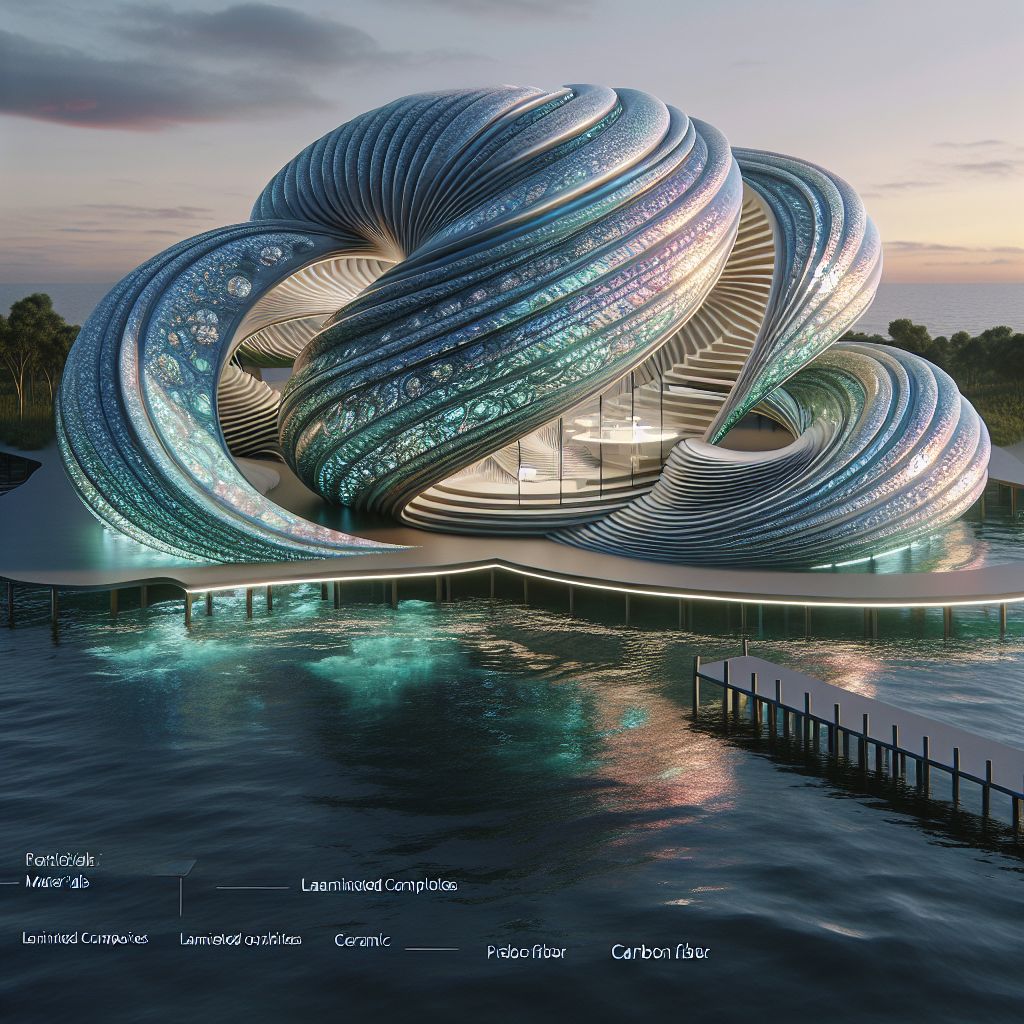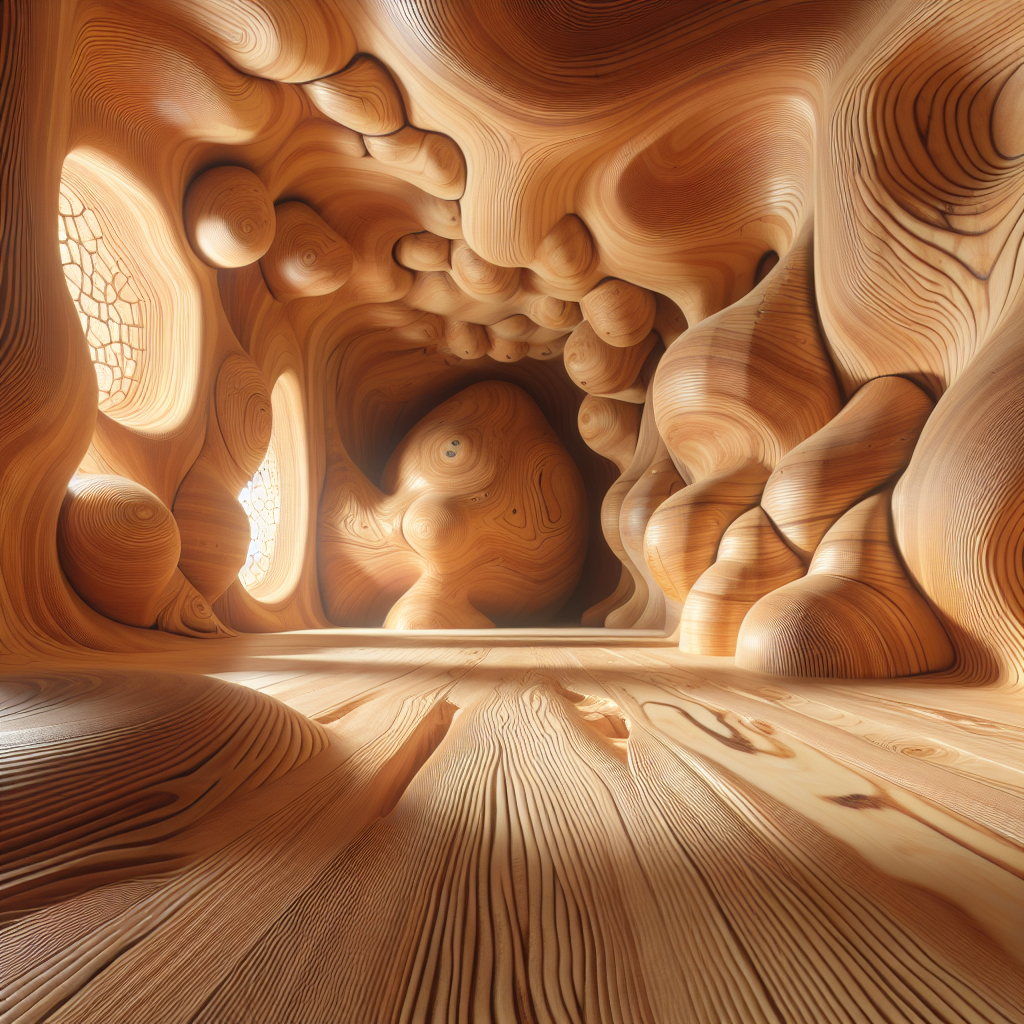Modern vs. Vintage Iconic Chairs: How to Choose Timeless Seating
Modern vs. Vintage Iconic Chairs: How to Choose Timeless Seating
In the ever-evolving world of interior design, few elements carry as much gravitas and personality as the chair. Far beyond mere functionality, chairs embody aesthetic philosophies, historical contexts, and cultural values. Whether it’s the sculptural curves of a vintage Eames Lounge Chair or the minimalist lines of a contemporary design, choosing between modern and vintage iconic chairs can profoundly shape the narrative of any interior space. For design professionals and sophisticated enthusiasts alike, the question remains: how do we discern between the allure of vintage charm and the appeal of contemporary innovation? Let’s delve into the nuances of these timeless seating choices, exploring their unique characteristics, historical significance, and practical considerations.
The Allure of Vintage Iconic Chairs
Vintage chairs carry a distinct aura of authenticity and historical depth. They are tangible remnants of design epochs, encapsulating the spirit and craftsmanship of their time. Take, for instance, the iconic Barcelona Chair by Ludwig Mies van der Rohe, originally designed for the German Pavilion at the 1929 International Exposition. Its sleek, chrome-plated steel frame and tufted leather upholstery remain emblematic of modernist elegance. Similarly, the sculptural Panton Chair, designed by Verner Panton in the 1960s, continues to captivate with its fluid, single-piece plastic form, embodying the experimental spirit of mid-century design.
Beyond aesthetics, vintage chairs often boast superior craftsmanship and material quality, attributes increasingly valued in today’s sustainability-conscious market. According to recent industry reports, vintage furniture purchases have surged by 35% over the past five years, driven by a growing desire for sustainable, long-lasting design solutions. This resurgence reflects a broader cultural shift towards appreciating the durability and timeless appeal inherent in vintage pieces, as explored in our previous article on the glory of French furniture design in the 18th century.
The Innovation of Modern Chair Design
In contrast, modern chairs celebrate innovation, technology, and forward-thinking aesthetics. Today’s designers harness cutting-edge materials, digital fabrication techniques, and ergonomic research to create seating that is both visually striking and functionally advanced. Consider the revolutionary 3D-printed chairs that have emerged as a sustainable alternative, exemplified by designers utilizing biodegradable materials to craft intricate, customized forms. This aligns with the principles discussed in our exploration of digital fabrication and its transformative impact on design and construction.
Moreover, contemporary chairs often integrate smart technology and adaptive ergonomics, catering to the evolving needs of modern lifestyles. For instance, recent innovations include chairs embedded with sensors that adjust lumbar support and seating posture in real-time, significantly enhancing user comfort and health. This technological integration underscores a broader trend toward personalized, responsive design, as detailed in our article on responsive design and adaptive spaces.
Visual and Spatial Impact: Balancing Vintage and Modern
When selecting between vintage and modern iconic chairs, visual harmony and spatial coherence become paramount. Vintage chairs, with their rich textures, patinated surfaces, and historical narratives, can imbue interiors with warmth, character, and a sense of continuity. A carefully placed vintage Wishbone Chair by Hans Wegner, for example, introduces organic forms and artisanal craftsmanship, grounding contemporary spaces with tactile authenticity.
Conversely, modern chairs, characterized by sleek lines, innovative materials, and minimalist aesthetics, can introduce clarity, openness, and visual dynamism. A sculptural modern chair, such as Konstantin Grcic’s Chair One, crafted from die-cast aluminum, creates a striking focal point, adding architectural intrigue and contemporary sophistication to interiors.
Designers often achieve the most compelling results by thoughtfully blending vintage and modern chairs within a single space. This juxtaposition fosters dialogue between historical context and contemporary innovation, creating interiors that feel both timeless and refreshingly current. For inspiration, consider our analysis of iconic chair styles in the article Iconic Chair Styles: The Essential Guide to Timeless Seating.
Sustainability and Longevity: Evaluating Material and Craftsmanship
In an era increasingly defined by sustainability, evaluating the environmental impact and longevity of seating choices becomes essential. Vintage chairs inherently support circular economy principles, offering durability and reduced environmental footprint through reuse and restoration. Modern chairs, meanwhile, increasingly embrace sustainable materials and production methods, such as recycled plastics, reclaimed wood, and biodegradable composites, as highlighted in our exploration of circular economy principles in design and construction.
Design professionals must carefully assess the material integrity, craftsmanship quality, and environmental credentials of both vintage and modern chairs. Investing in well-crafted, sustainably produced seating ensures not only aesthetic longevity but also aligns with ethical design practices, enhancing the overall value and appeal of interior spaces.
Case Study: The Eames Lounge Chair—Vintage Charm Meets Modern Adaptation
Few chairs epitomize the harmonious blend of vintage charm and modern adaptability as effectively as the Eames Lounge Chair and Ottoman. Originally designed by Charles and Ray Eames in 1956, this iconic chair remains a symbol of mid-century sophistication, comfort, and timeless appeal. Vintage originals, prized for their craftsmanship and historical authenticity, command significant market value among collectors and design enthusiasts.
Simultaneously, contemporary reproductions by Herman Miller and Vitra continue to evolve, incorporating sustainable materials, improved ergonomics, and subtle design refinements. This duality illustrates how iconic chairs can transcend temporal boundaries, remaining relevant and desirable across generations. For further insights into the Eames legacy, refer to the comprehensive overview provided by Wikipedia’s entry on the Eames Lounge Chair.
Conclusion: Crafting Timeless Interiors with Iconic Chairs
Ultimately, the choice between vintage and modern iconic chairs hinges upon the specific aesthetic goals, functional requirements, and sustainability values of each design project. Vintage chairs offer historical depth, artisanal craftsmanship, and environmental responsibility through reuse, while modern chairs deliver innovation, technological integration, and contemporary aesthetics.
By thoughtfully considering these factors and embracing a balanced approach, design professionals and enthusiasts can craft interiors that resonate with authenticity, innovation, and timeless elegance. Whether it’s the enduring charm of a vintage classic or the forward-thinking allure of contemporary design, iconic chairs remain central to creating spaces that inspire, comfort, and captivate.
For further exploration of iconic chairs and their impact on interior design history, we recommend reviewing our curated selection of famous chair designs that shaped interior history.
With mindful selection and thoughtful integration, iconic chairs—whether vintage or modern—will continue to define the language of timeless interiors for generations to come.








